How to paint a brick surface?
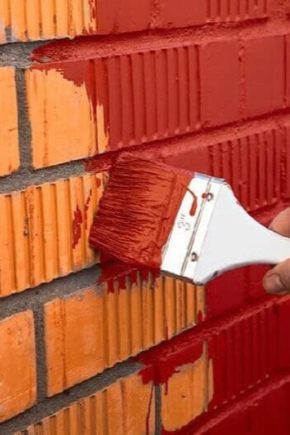
Brick is a very popular environmentally friendly material for indoor and outdoor use. Often its initial appearance does not meet our requirements. Then the question arises about the decorative finish of this building material. How and how can this be done? Let's analyze it below.
How to choose paint?
There is a huge range of paints on the building materials market today. They differ in composition, basis, scope and price. Choosing the right quality paint is the key to a long service life. It is necessary to approach its purchase very thoroughly.
First of all, you need to answer the question, what kind of wall are you going to paint? Will it be interior or exterior decoration?

Option for outdoor use
When choosing paint for painting the walls of your own country house or any other building, pay attention to a number of parameters.
- Vapor permeability... This indicator is of key importance if the entire wall array is made of bricks. By painting the facade tightly with paint, you will deprive the walls of the opportunity to "breathe". Competent builders provide special ventilation gaps for these purposes. In this case, you can choose a paint that does not have a high or even medium vapor permeability. The same rule applies to buildings whose facade is only decorated with bricks, they only have facing.
- Have you noticed that very often the paint on the seams is destroyed first?... This is due to an illiterate selection of material. The fact is that the composition of the concrete mixture includes alkali. Not all paints are resistant to it, therefore, when choosing, you should pay attention to this aspect.
- Water resistance... Different types of bricks have their own moisture absorption rate, so the material must be protected. Paint successfully copes with this. It should not leak or absorb water.
- It is necessary to take it with high adhesion.... The paint should adhere well to the surface to be applied. Moreover, brick is a porous building material. This must be taken into account for sure. To reduce paint consumption, it must have a high hiding power (to overlap the previous layer).

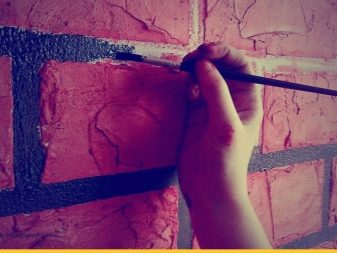
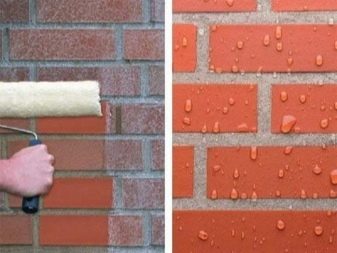
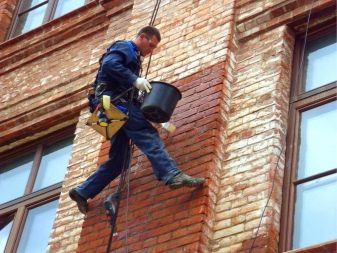
Types of paints for outdoor decoration
There are several types that are well suited for painting bricks on the outside. Each of them has its own advantages and disadvantages.
- Acrylic... One of the most demanded materials for wall painting. Although vapor permeability is not high, this is quite enough. The main advantage is its ability to prevent the appearance of salt stains. This is one of the main problems of decorative finishing materials.
- Silicone... One of the main rules for painting brick walls is an annual exposure after its laying. The brick wall is painted only a year after construction. This type of paint allows you to do this after a week. Elasticity gives her such an advantage. Even if the masonry shrinks, the coating will remain unchanged. The obvious disadvantage is the high cost.
- Silicate... This enamel will pleasantly surprise you with its price, but its characteristics leave much to be desired. Most likely, the wall will need to be updated after 2 or 3 years.The fact is that the paint and varnish material is not very resistant to aggressive environmental influences.


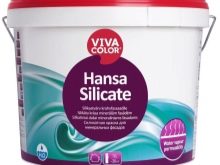
Internal work
Brickwork can often be found in modern stylish interiors. It is quite acceptable for styles such as loft, rustic or industrial. The choice of paint is an important step. The final result and the aesthetics of the interior will depend on it.
The main criteria that should underlie the selection are as follows:
- environmental friendliness;
- decorative effect.
All these requirements are met by such a form as water-dispersion paint, otherwise it is also called water-based paint. The base can be acrylic, then the paint will last a very long time. There may be minerals.
If you need to paint a wall in a bathroom or another room with high humidity, then choose an acrylic paint with the presence of latex. This will help avoid cracking and various streaks when in contact with water.
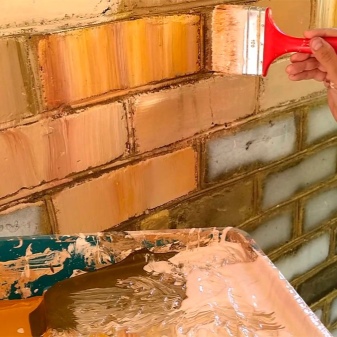
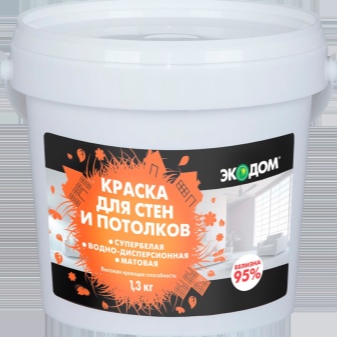
Required tools
The first material you need to buy is a primer. It, like paint, can have a different base. The ideal option would be to select a paint and primer with an identical base.
Of the simplest tools, you need to take:
- roller or brush with stiff bristles;
- emery for grouting an untreated surface or creating a scuff effect on an already applied coating;
- gloves for hand protection;
- special protective glasses (if any);
- spray bottle (optional);
- paint scraper.

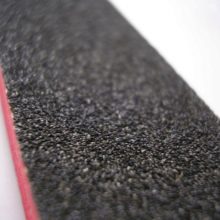

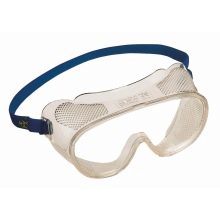
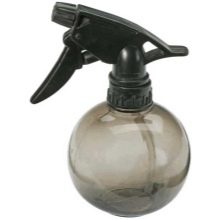
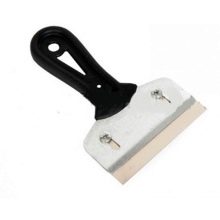
If you decide to paint a brick wall yourself, then you will not need such a large set of tools. For professionals, this choice is much wider.
If among your friends or acquaintances there are such, then you can ask to borrow them.
Surface preparation
One of the most important stages, on which the quality of work and the durability of the coating depend. In this case, the scheme will not be radically different, both for internal and external work. So, below we have listed all the other stages. Their number may vary, since we will consider the most difficult option.
The old coating should be completely removed from the brick. This will not be easy, but necessary. To do this, use a special paint thinner. Damp paint residues should be easily removed using a scraper.
- Sand the entire surface with coarse sandpaper. This will help the paint to lie flat.
- If there are visible imperfections in the form of cracks or fractures, then they are sealed with putty. Do not forget! After it is necessary to process these "wounds" with plaster.
- The seams also require special attention. If this is a new masonry, then there should be no problems with them. On old walls, they often require renovation. A concrete mix is best suited for this.

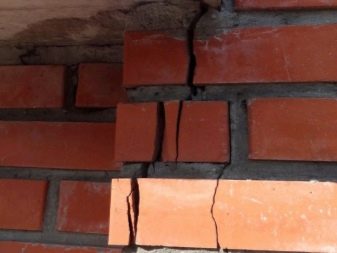
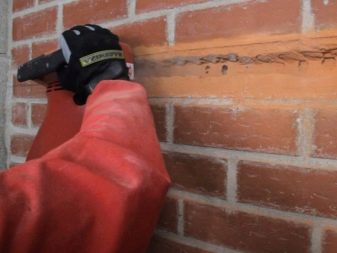
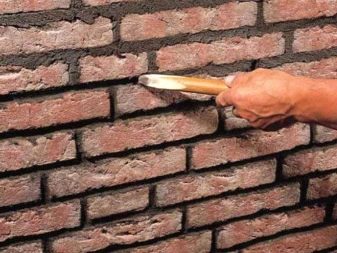
- Go over the entire surface with stiff bristles. It will make it possible to remove dust, paint residues and other contaminants from the wall plane.
- Sometimes greasy stains may appear on a brick wall due to careless use. You also need to get rid of them. If this is not done, the stains will appear on the fresh paint. Remove them with detergent or soap. Be sure to rinse these places with plain water so that there are no streaks.
- Allow the wall to dry completely before applying the sealant. You can also use a special varnish.
- We have already written about the importance of a primer. So, the finishing stage will be its application. This agent helps the paint to adhere well to the surface and significantly prolong the life of the base coat.
- Since the brick is quite porous, the primer should be applied several times.

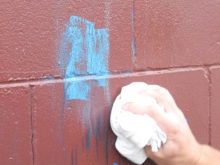
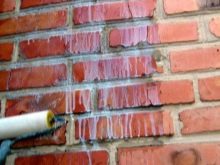
Painting process
Painting the wall correctly is just as important as preparing the surface well.
Indoors
Having conceived to paint a wall in an apartment or house, it is worth deciding in advance what effect you want to get in the end.Interior painting is more decorative than protective.
Particular attention should be paid only to rooms with high humidity. Here it is better to protect the paint with an additional layer of special varnish.
- New brickwork with perfect workmanship requires a minimum of painting effort. There are no particularities or complications. Due to its attractive appearance, it is often left in its original state. In this case, you only need to coat it with clinker oil to protect it from mold.
- The palette of available shades allows you to choose any color or tone. Moreover, it does not have to repeat the color scheme of the interior. A bright color accent in the form of a contrasting brick wall will definitely not be ignored and will become a highlight.
- All masonry has seams. They can be completely invisible or quite deep. It is they who can be issued in a different color. Such masonry will look more textured.
- Coloring in white. You can make a full color fill or an aged whitewash effect. This is not very difficult to achieve with diluted paint and a brush. The latter should have sparse bristles and be stiff. Do not forget to cover the floor and other surfaces with a protective film so that later you do not have to wash them for a long time.
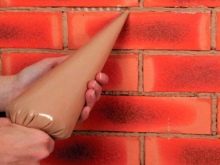

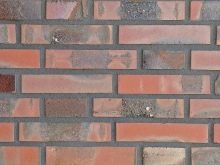
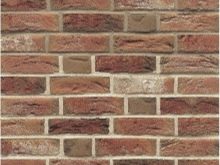

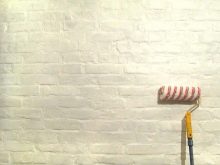
- You can enhance the aging effect using ordinary coarse abrasive sandpaper. Walk it over the dried paint, but only in some places. To create a matte surface and protect the wall, cover it with the same varnish.
- Creativity. The surface of the wall can be arbitrarily different. It all depends on your imagination and desire. If you are creating an interior in the industrial style, then unusual drawings and graffiti will be appropriate. They can be made using special paint cans and stencils.
- Sometimes you want to get the effect of a smoked wall. Regular paint is not suitable for this. But stain is very good at coping with this task. The choice of shades is quite wide, so everyone can find the right tone. Do not paint the surface completely. Leave some of the bricks unprocessed for the most natural effect.
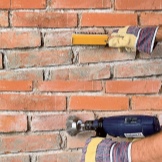

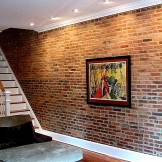
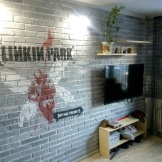
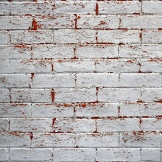
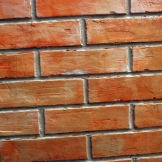
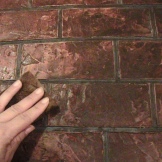
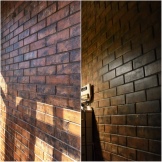
Outside the house
After the surface has been prepared and the primer has dried, you can start painting. If you have a spray gun or borrowed it from familiar builders, then this will be ideal for painting textured surfaces. Working with it requires a certain skill, so first practice on a surface that you do not mind.
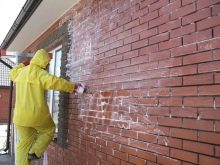
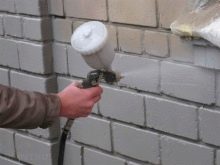
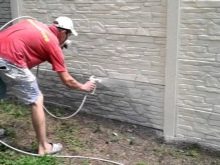
The main condition for high-quality painting will be warm, dry weather. The temperature outside should not be lower than 5 degrees. For some paints, this indicator may change up or down, so carefully read the information on the package.
If the area of the facade is not very large, then it is better apply the first layer without interruption... You will avoid streaking. Of course, with the large dimensions of the building, this will be difficult to do. Try to finish at least one wall, and after a break, start painting the next one.

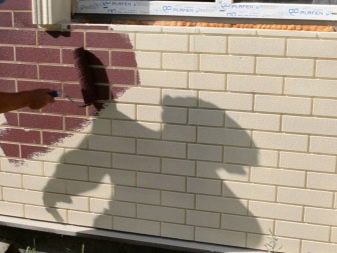
It is very inconvenient to clean the brush every time. During short breaks, wrap it in plastic to prevent drying out.
When choosing a color for the facade of the house, pay attention to the fact that it goes well with the foundation. They should look harmonious with each other. If the fence on your site is also made of brick, then for the integrity of the picture, we recommend painting it in an identical shade
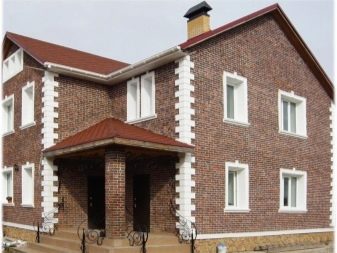
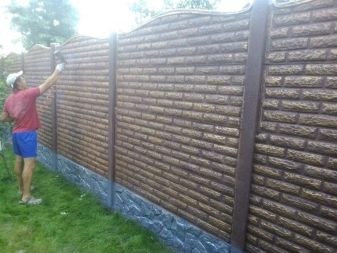
Design examples
A loft-style interior with a brick wall, with its simplicity, looks very interesting. The task of the designers is to create an unfinished effect. Aesthetics should not be affected. The wall looks old, but very original.
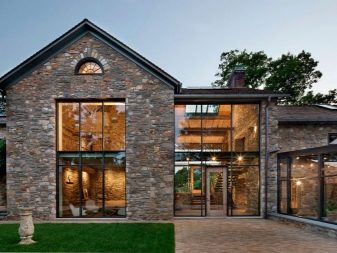
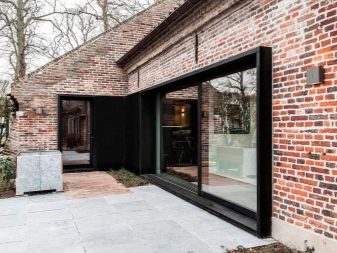
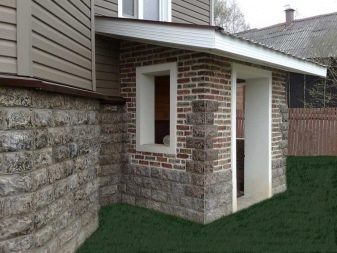
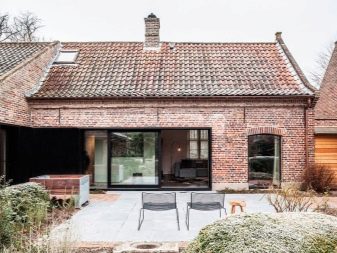
Multi-colored bricks on the balcony will create a joyful mood even on a cloudy day.Your personal balcony will definitely stand out from the gray plain walls of your neighbors.
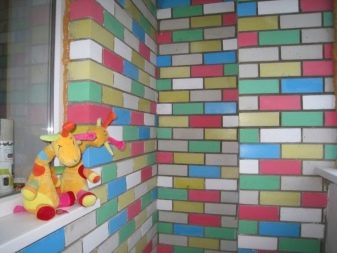

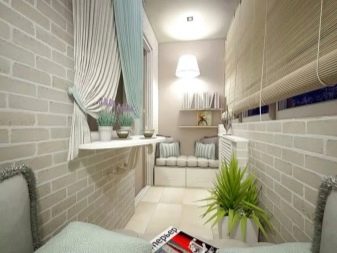
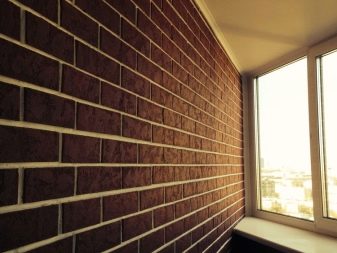
The front brickwork, treated with gray paint, gives the house an aristocratic and austere look. This color scheme is practical.
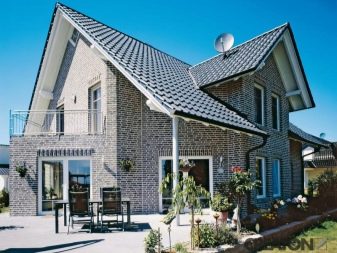
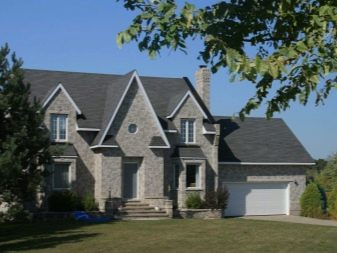
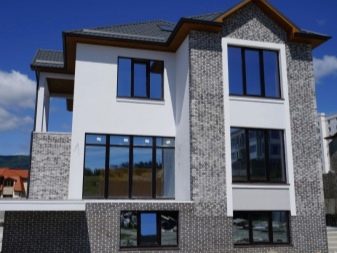

For more tips on painting a brick surface, see the following video.












The comment was sent successfully.